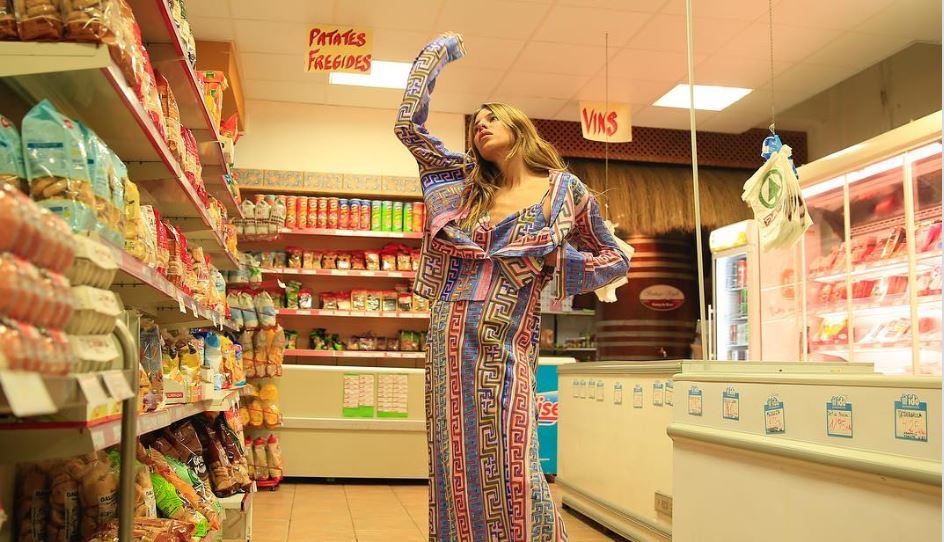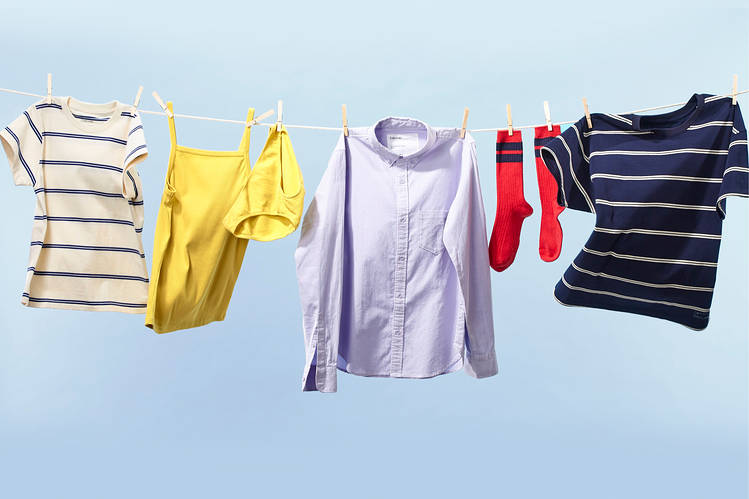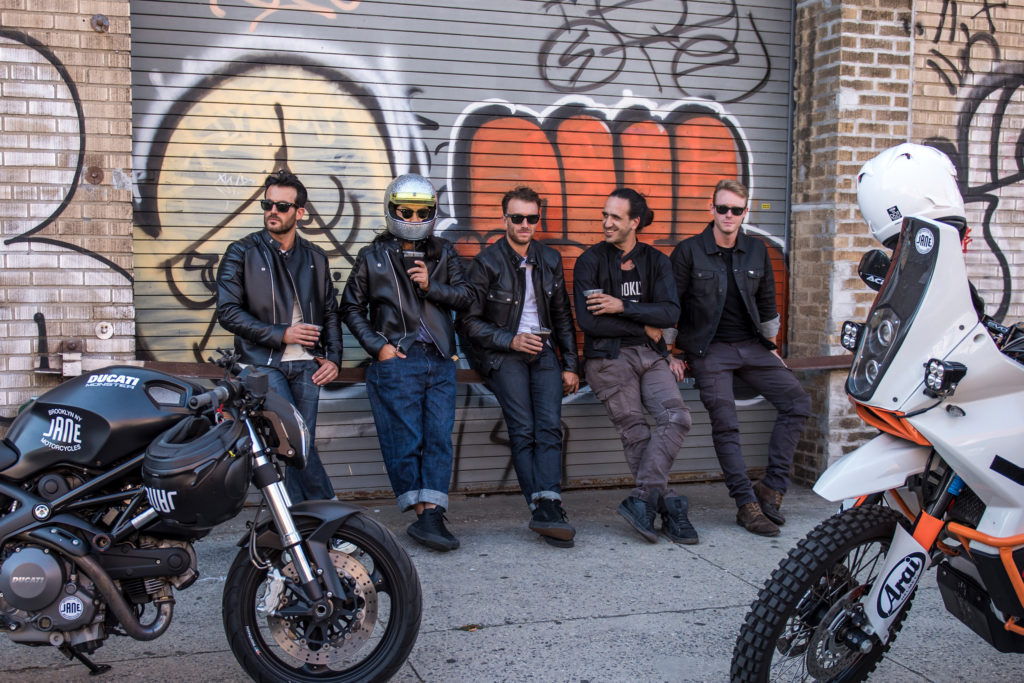Indie labels like Collina Strada and VIN + OMI are among a growing breed of eco-conscious fashion brands fed up with the way the conversation around sustainability has been co-opted and diluted by billion-dollar retailers. SSENSE spoke with Hillary Taymour of COLLINA STRADA, below:
We have 60 years to be able to grow crops. So I really wanted people to think about where they get their food, and different alternatives of where to get food. To be more conscious. We have to start to be really thoughtful about what we’re eating, how we’re eating it, and where we’re eating it from. We recycle everything. If we get plastic from the factory, we send all of it back.
Where’s your factory?
In Midtown.
Was that a choice, to be that local?
Absolutely. And to be able to pay fair wages, to be able to see who’s working there. We’ve always produced locally, we’ve always tried to use the right resources. Even when I was using leather, we were only using vegetable-tanned leather. I don’t want to make a ton of product that’s gonna get thrown away or is not good for the environment. We don’t use any synthetic fabric, except for deadstocks. And we’re phasing out of that. I’m on the fence if I care if it’s synthetic if it’s deadstock, cause we’re never going to use it again and at least it’s getting used, and being put back into the world as something beautiful, instead of sitting on a roll somewhere in a warehouse for years. We’re trying to go towards all organic fibers moving forward. Like this watercolor dress is made from rose silk. Say you’re a farmer who farms roses—your demand is on Valentine’s Day, Mother’s Day, and holidays. But you have to continuously grow a consistent amount of roses, so there’s a ton leftover. They break it down into cellulose, just like how you break down silk. So it’s this really thin fiber and they weave it back. They also do an orange peel fiber one that I’m going to explore next season, and there’s a milk fabric, made of milk. I’m actually at a loss for how to make sustainable t-shirts, because it doesn’t exist and everyone who says they’re doing it is lying. But that’s our number one selling item.
I read about mushroom-based fabric, and kombucha fabric…
I don’t believe in the kombucha one, but I believe in the mushroom one for sure. Hermes is developing a huge thing with it. But right now it looks a little too rugged for me. Because my whole thing is like, you can be sustainable but you would never guess that dress is like, an eco-friendly made from scratch organic fiber eco-dyed dress made in New York City by hand for $600. Our aesthetic is so against the counterculture of sustainability, because it doesn’t look sustainable. I’m trying to make it fun, party, loud, but still having a care for the environment.
You said your F/W19 show was launching a year of changing your own life to be more environmentally aware. How has the year gone?
Has using deadstock, or using alternative materials changed your aesthetic?
Yeah, I think you start with fabric and then you design from there. Of course it’s going to shift your perception a little bit. That is one of our best selling skirts, and I just drew all over it. You
It’s in a scary place in L.A. It’s where Reformation gets its stuff. It’s like five floors.
Why is it scary?
When did you start being interested in design?
When I was eight. We had a big house, and when one sister went to college, we all changed rooms. And my mom said, “Do you want to redo your room?” and I was like, “Yes, I need a week to think about it.” And I brought her all these drawings, and was like, “So when you enter, it’s a beach scene, and you have to walk up onto this plexiglass, and it’s going to a platform, and there’ll be sand underneath and lights coming through, and we’re going to knock down this wall and put an aquarium in.” And she’s like, “I thought we’d get a bedspread and paint it yellow.” I cried for two weeks. I couldn’t talk to her. And then my parents were shocked when I didn’t want to go to school for accounting.
Zoë Schlanger is a writer and reporter living in Brooklyn. She covers climate change, pollution, and other environmental calamities.






